
Vanderbilt University is a private research university in Nashville, Tennessee. Founded in 1873, it was named in honor of shipping and railroad magnate Cornelius Vanderbilt, who provided the school its initial $1 million endowment in the hopes that his gift and the greater work of the university would help to heal the sectional wounds inflicted by the American Civil War. Vanderbilt is a founding member of the Southeastern Conference and has been the conference's only private school since 1966.

Mount Olivet Cemetery is a 206-acre (83 ha) cemetery located in Nashville, Tennessee. It is located approximately two miles East of downtown Nashville, and adjacent to the Catholic Calvary Cemetery. It is open to the public during daylight hours.

Benjamin Franklin Cheatham was a Tennessee planter, California gold miner, and a general in the Confederate States Army during the American Civil War. He served in the Army of Tennessee, inflicting many casualties on Gen. Sherman at Kennesaw Mountain, Georgia, but took the blame for General Schofield's escape at Spring Hill, Tennessee – a major factor in the Confederate defeat at Franklin, Tennessee.
Edward Saunders Cheatham was an American politician and businessman.
Boyd M. Cheatham was an American politician from Springfield, Tennessee. He came from a very political family, following his father and uncle into electoral office. He served in the Tennessee State House.
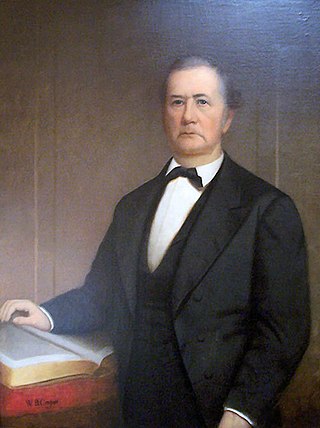
Alexander Little Page Green was an American Methodist leader, slaveholder, and co-founder of Vanderbilt University. He was the founder of the Southern Methodist Publishing House. He was instrumental in moving the Methodist General Conference to Nashville, Tennessee, where he was the minister of McKendree United Methodist Church. He was an authority on fishing.
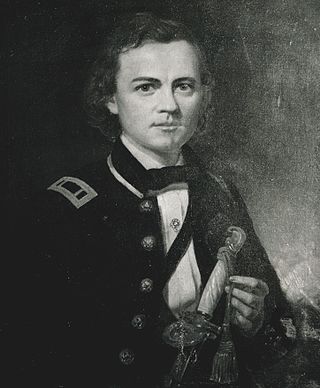
Thomas H. Malone (1834-1906) was an American Confederate veteran, judge, businessman and academic administrator. He served as the President of the Nashville Gas Company from 1893 to 1906. He served as the second Dean of the Vanderbilt University Law School from 1875 to 1904.
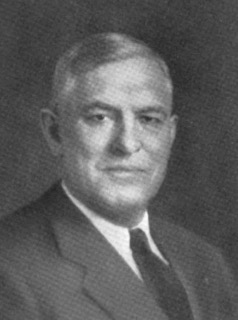
Bradley Walker was a Nashville attorney who, in his youth, was found to be naturally proficient at virtually any sport he tried, including football, baseball, track, boxing, tennis and golf— in all these sports he either set records or won championships or awards.
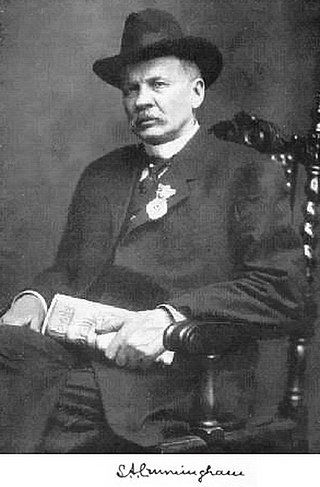
Sumner Archibald Cunningham was an American Confederate soldier and journalist. He was the editor of a short lived Confederate magazine called "Our Day" (1883-1884) published in New York. In 1893 he established the Confederate Veteran, a bimonthly magazine about veterans of the Confederate States Army until his death in 1913. He was a critic of Reconstruction, "scalawags", "carpetbaggers", and "Negro" legislators.

Memorial Hall is a historic building on the Peabody College campus of Vanderbilt University in Nashville, Tennessee. It was built in 1935 as a dormitory hall for female descendants of Confederate States Army veterans. Its former name resulted in multiple lawsuits and student unrest. In August 2016, Vanderbilt announced it would reimburse the United Daughters of the Confederacy for their financial contribution and remove the word Confederate from the building.
Edwin M. Gardner (1845–1935) was an American Confederate veteran and painter.

Hank Fort was an American singer and songwriter of the mid 20th century from Nashville, Tennessee. She composed over 400 songs, many with a humorous Southern viewpoint, including "Put Your Shoes On, Lucy", and "I Didn't Know the Gun Was Loaded" The Andrews Sisters, and "Save Your Confederate Money, Boys, the South Shall Rise Again". Known for her humor and sunny personality, her Washington, D.C. apartment was a gathering place for scores of admirers, many of whom were political figures. These included Sam Rayburn, Lyndon Johnson, Hale Boggs and Liz Carpenter. In 1960, Fort campaigned actively for John F. Kennedy, traveling in the South entertaining with Mrs. Johnson, Ethel Kennedy, Eunice Shriver, and Jean Kennedy Smith. Her composition, "Look With Pride On Our Flag", was played at the second inauguration of Richard Nixon in 1973. Upon her death January 12, 1973, Barry Goldwater delivered the eulogy at her memorial service.
Mark Robertson Cockrill (1788-1872) was an American cattleman, horse breeder and planter. He was the owner of a large farm in Davidson County, Tennessee and a cotton plantation with 300 slaves in Mississippi. He won many prizes for his sheep-rearing both nationally and internationally, and he became known as the "Wool King of the World". He was a multi-millionaire prior to the American Civil War, and he loaned gold to the Confederate States of America during the war.

The Nathan Bedford Forrest Bust is a bust of Confederate States of America Lt. General and first-era Ku Klux Klan Grand Wizard Nathan Bedford Forrest that was prominently displayed in the Tennessee State Capitol in Nashville. On July 23, 2021, the bust was removed, and was relocated to the Tennessee State Museum in a new exhibit that opened four days later.

Major Eugene Castner Lewis was an American engineer and businessman. He served as the chairman of the Nashville, Chattanooga and St. Louis Railway from 1900 to 1917. As a civic leader, he helped develop Shelby Park and Centennial Park, including the Parthenon, as well as Union Station.

The Confederate Private Monument is a bronze sculpture of a private of the Confederate States Army in Centennial Park, Nashville, Tennessee, United States. Designed by George Julian Zolnay, it was commissioned by the Frank Cheatham Bivouac of the United Confederate Veterans in 1903, laid with Masonic honors in 1907, and dedicated in 1909. It was vandalized in June 2019.
Colonel Edmund William Cole was an American Confederate veteran and businessman. He was the president of the Nashville, Chattanooga and St. Louis Railway, and the founder of the American National Bank.
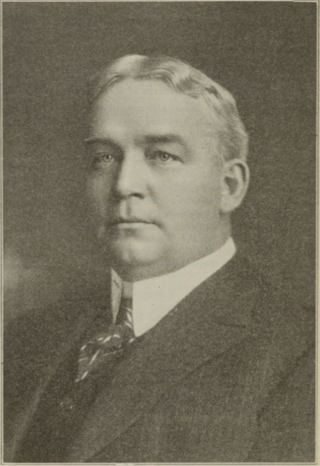
Whiteford Russell Cole was an American businessman. He was the president of the Louisville and Nashville Railroad from 1926 to 1934, and a director of many companies. During the railroad strike actions of 1921–1922, he threatened his workers with dismissal and loss of pensions. His mansion in Louisville, Kentucky, is the official residence of the president of the University of Louisville.
William Henry Calhoun (1815–1865) was an American silversmith in the Antebellum South. He was trained in Philadelphia and became a jeweler in Nashville, Tennessee, where he designed silverware in the 1830s-1860s. A Grand Master of the Odd Fellows, he was arrested by the Union Army for his Confederate support in 1863. His work can be seen at the Tennessee State Museum and the Museum of Early Southern Decorative Arts.

Sara Ward Conley was an American artist from Nashville, Tennessee.














